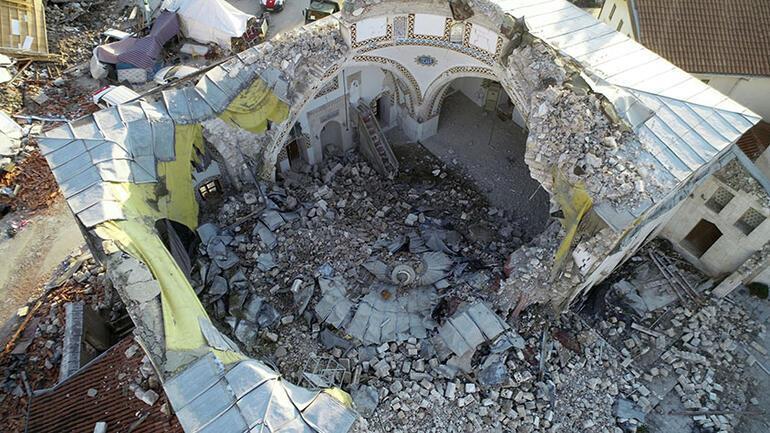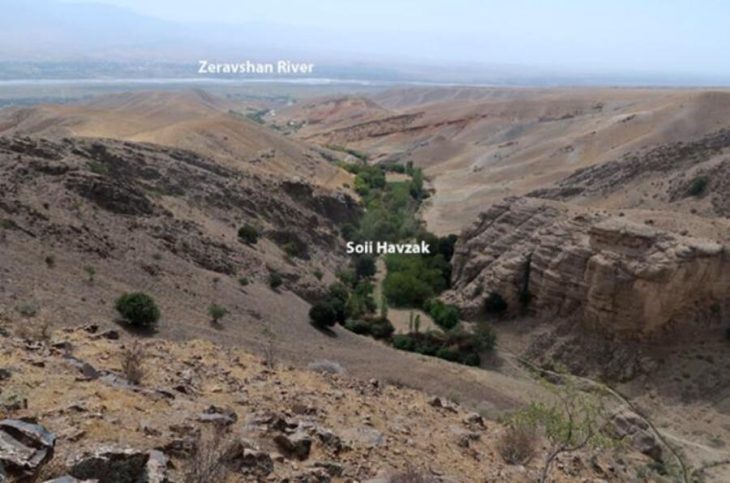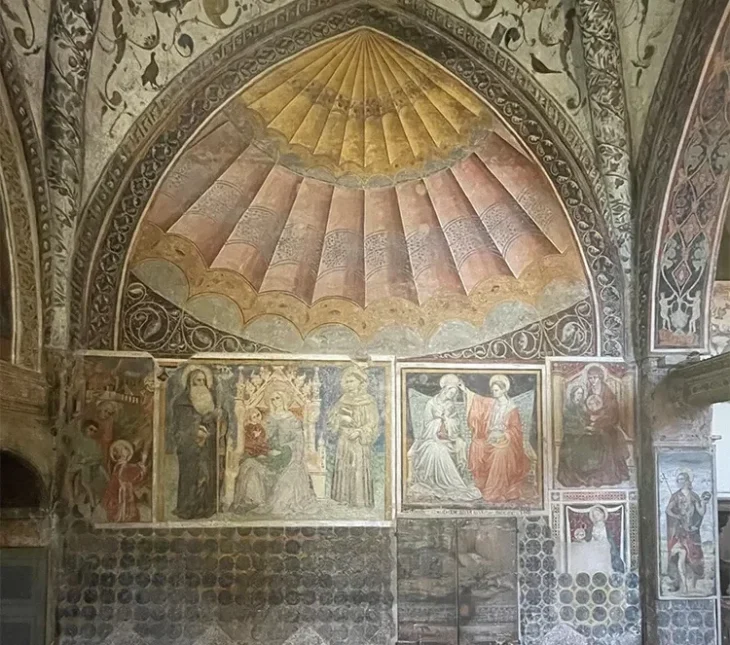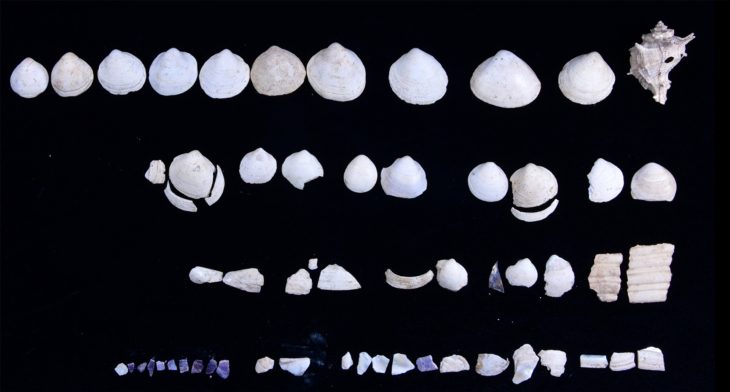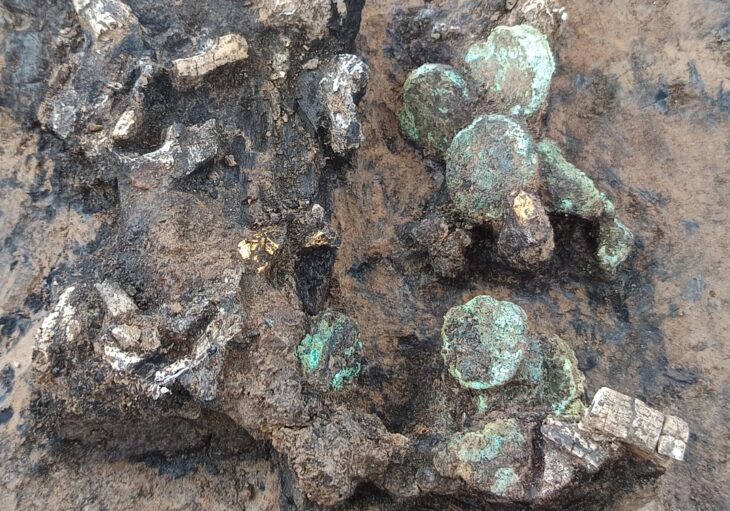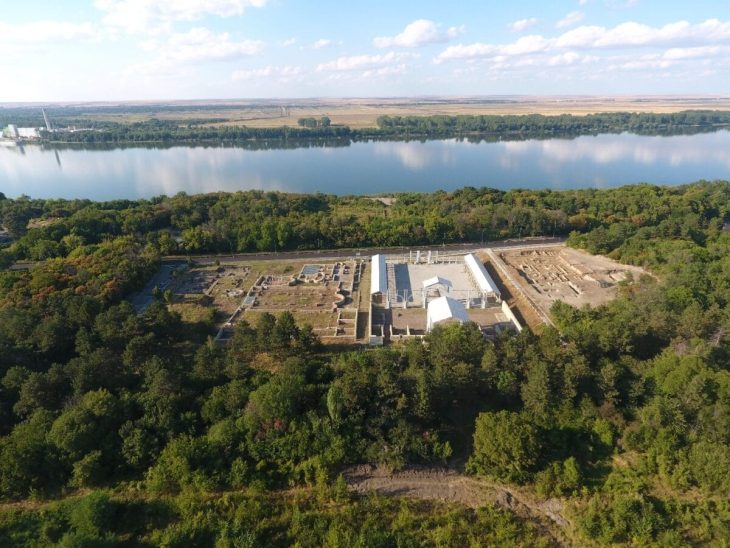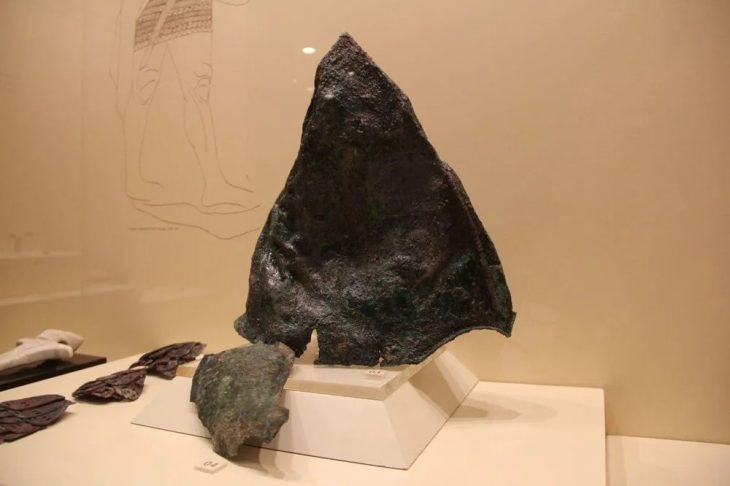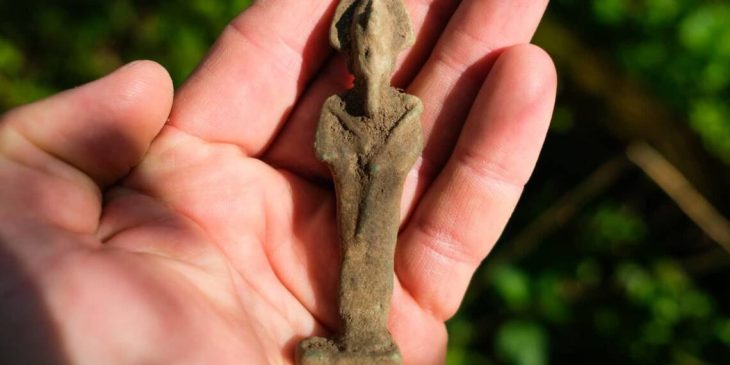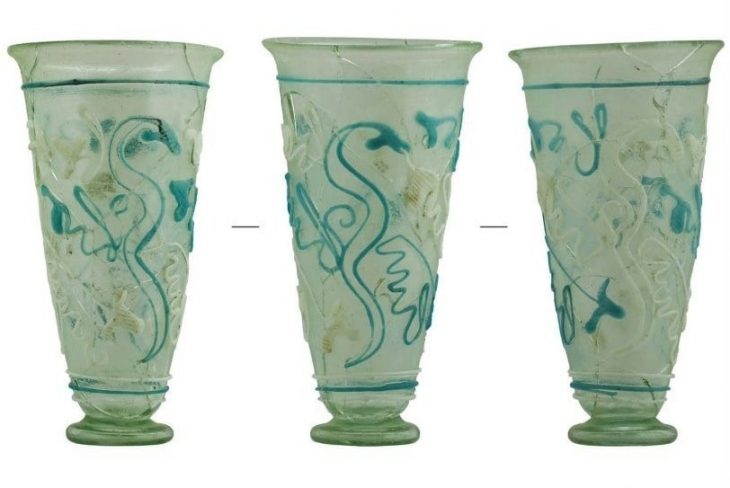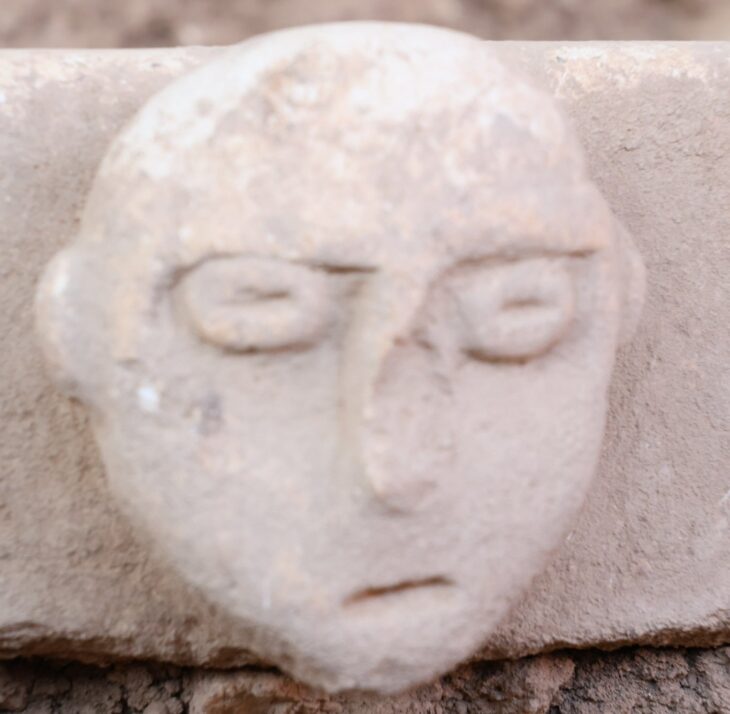Antakya Habib-i Neccar Mosque, one of the first mosques built in Anatolia, was destroyed in the earthquake that killed tens of thousands of people in Turkey.
Habib-i Neccar Mosque, built on a pagan temple from the Roman period, is known for being one of the first mosques built in Anatolia.
The historical Habib-i Najjar Mosque is located in Antakya, Hatay Province, Turkey. It is named for the carpenter Habib’i Neccar or Habib al-Najjar, who lived during the time of Jesus. He was crucified in the early years of Christianity by the pagans who would not accept Christianity.
It was built in 636 A.D. and Islam started to spread in Anatolia from here. Habib-ün Naccar who believed in the apostles of the Prophet Jesus first was a Martyr praised in the Yasin Sura of the Quran. His Tomb was inside the Mosque.
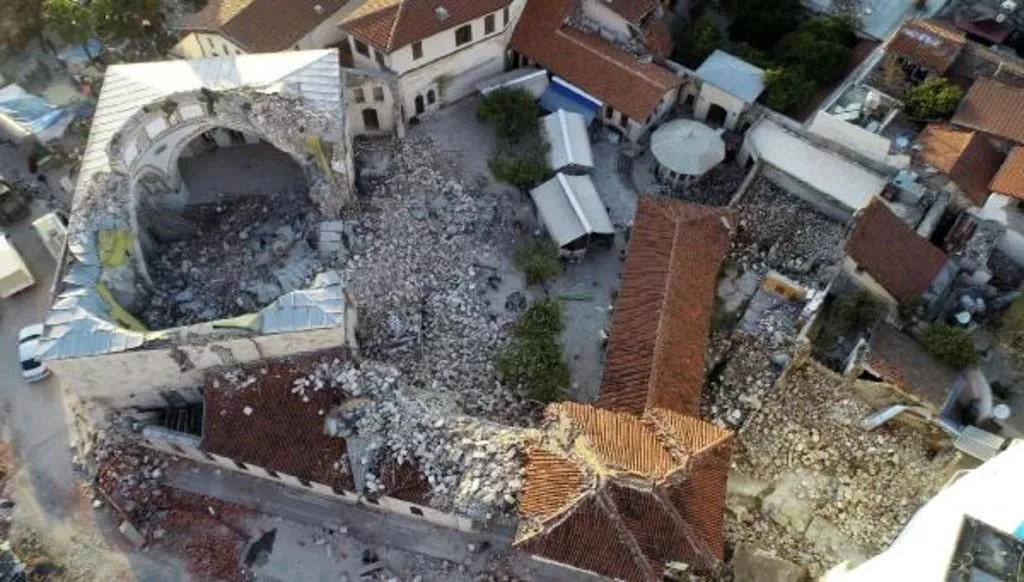
Muslims believe he was martyred for calling people to the religion of God. He is referred to in the Quran, (36, Ya-Sin, verses 20-27) as the supporter of the disciples calling the people to the worship of the One God: “Then there came running, from the farthest part of the city, a man, saying, ‘O my people! Obey the messengers. Obey those who ask no reward of you (for themselves), and who have received guidance.'”[Quran 36:20-21]
📣 Our WhatsApp channel is now LIVE! Stay up-to-date with the latest news and updates, just click here to follow us on WhatsApp and never miss a thing!!
A picture of the wreckage of the historic mosque believed to have been built in 636 AD shows that only a pile of rubble remains from the building.
The city was captured first by the Rashidun Caliphate in 637, then by the Byzantine Empire in 969. It was captured about a hundred years later by the Seljuk Turks in 1084, lost to the Crusades in 1098, and reclaimed by the Baibars of the Mamluk Sultanate in 1268. In each case, the status of the building was changed from church to mosque and back again. An inscription in the mosque states that it was rebuilt in 1275 CE after Baibars converted it to a mosque.
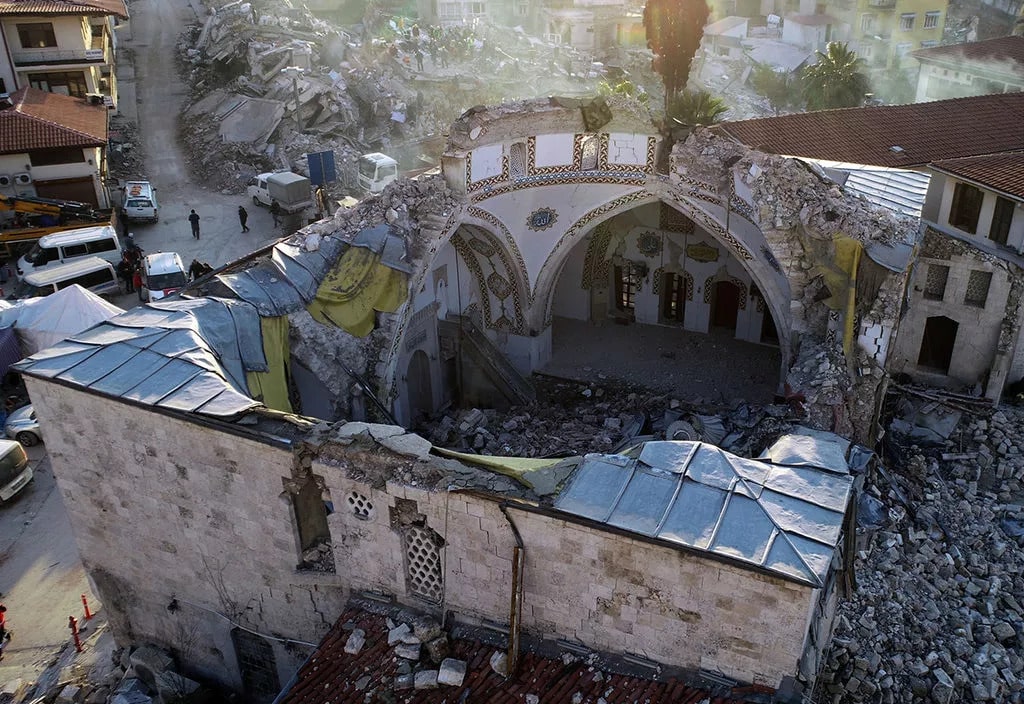
The mosque was demolished during the 1853 earthquake. It was rebuilt on its earlier foundation by the Ottomans but the minaret was left standing and is the oldest surviving part of the mosque that is visible.
The mosque was renovated during the Ottoman period when the madrassa (Islamic religious school) was added to its enclosure in the center of Hatay and used to serve as one of the most visited tourist spots in the city according to the Hatay Provincial Directorate of Culture and Tourism.

